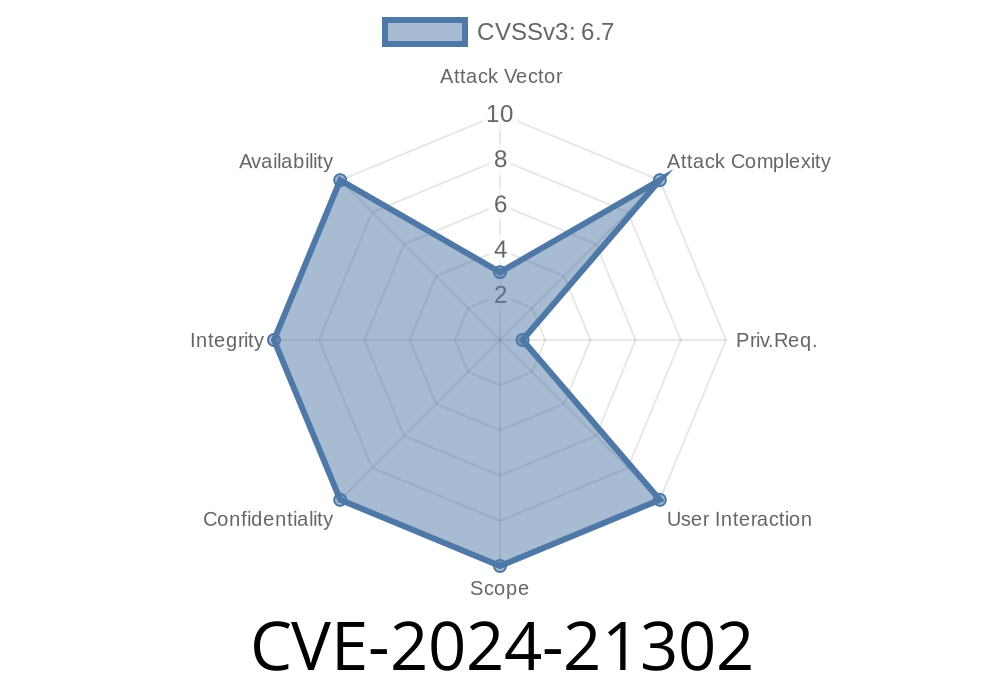Microsoft was notified that an elevation of privilege vulnerability exists in Windows based systems supporting Virtualization Based Security (VBS) including a subset of Azure Virtual Machine SKUs; enabling an attacker with administrator privileges to replace current versions of Windows system files with outdated versions. By exploiting this vulnerability, an attacker could reintroduce previously mitigated vulnerabilities, circumvent some features of VBS, and exfiltrate data protected by VBS. For more information on Windows versions and VM SKUs supporting VBS, reference: Virtualization-based Security (VBS) | Microsoft Learn.
Microsoft is developing a security update to mitigate this vulnerability, but it is not yet available. Guidance to help customers reduce the risks associated with this vulnerability and to protect their systems until the mitigation is available in a Windows security update is provided in the Recommended Actions section of this CVE.
This CVE will be updated when the mitigation is available in a Windows security update. We highly encourage customers to subscribe to Security Update Guide notifications to receive an alert when this update occurs.
Details
A security researcher informed Microsoft of an elevation of privilege vulnerability in Windows 10, Windows 11, Windows Server 2016, Windows Server 2019, Windows Server 2022 , and a subset of Azure Virtual Machines (VM) SKUs with a Windows based guestOS supporting VBS. For more information on Windows versions and VM SKUs supporting VBS, reference: Virtualization-based Security (VBS) | Microsoft Learn.
The vulnerability enables an attacker with administrator privileges on the target system to replace current Windows system files with outdated versions. Successful exploitation provides an attacker with the ability to reintroduce previously mitigated vulnerabilities, circumvent VBS security features, and exfiltrate data protected by VBS.
Microsoft is developing a security update that will revoke outdated, unpatched VBS system files to mitigate this vulnerability, but it is not yet available. Due to the complexity of blocking such a large quantity of files, rigorous testing is required to avoid integration failures or regressions. This CVE will be updated with new information and links to the security updates once available. We highly encourage customers to subscribe to Security Update Guide notifications to be alerted of updates. See Microsoft Technical Security Notifications and Security Update Guide Notification System News: Create your profile now – Microsoft Security Response Center.
Microsoft is not aware of any attempts to exploit this vulnerability. However, a public presentation regarding this vulnerability was hosted at BlackHat on August 7th, 2024. The presentation was appropriately coordinated with Microsoft but may change the threat landscape. Customers concerned with these risks should reference the guidance provided in the Recommended Actions section of this CVE to protect their systems.
Recommended Actions
The following recommendations do not mitigate the vulnerability but can be used to reduce the risk of exploitation until the security update is available.
1. Configure “Audit Object Access” settings to monitor attempts to access files, such as handle creation, read/write operations, or modifications to security descriptors.
Apply a basic audit policy on a file or folder - Windows 10 | Microsoft Learn
2. Auditing sensitive privileges used to identify access, modification, or replacement of VBS related files could help indicate attempts to exploit this vulnerability.
Audit Sensitive Privilege Use - Windows 10 | Microsoft Learn
3. Protect your Azure tenant by investigating administrators and users flagged for risky sign-ins and rotating their credentials.
Investigate risk Microsoft Entra ID Protection - Microsoft Entra ID Protection | Microsoft Learn
4. Enabling Multi-Factor Authentication can also help alleviate concerns about compromised accounts or exposure.
Enforce multifactor authentication - Microsoft Entra ID Protection | Microsoft Learn
Stay informed on the latest from Microsoft's Security Update Guide and apply the necessary updates as soon as they are available. Be proactive in securing your systems and ensure that you have a strong security posture to prevent attackers from exploiting this vulnerability.
Timeline
Published on: 08/08/2024 02:15:37 UTC
Last modified on: 08/08/2024 20:50:00 UTC
